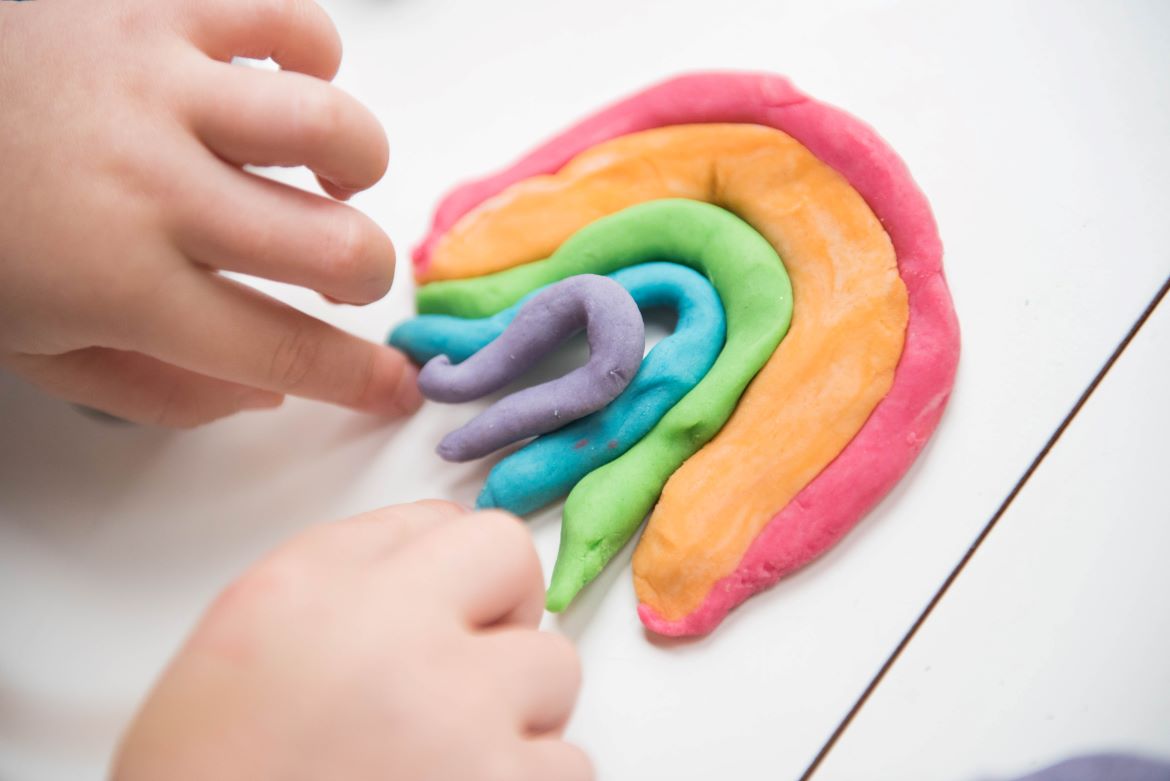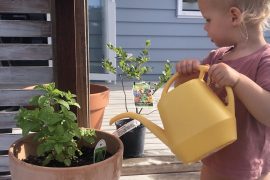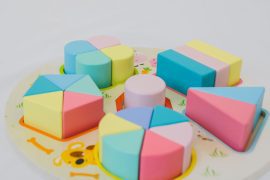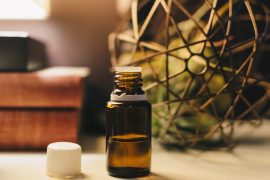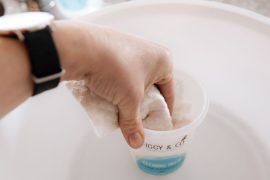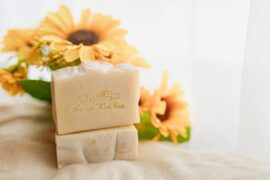By Jane Marsh
Parents want their children to be healthy and safe. That’s why it’s important to ensure you’re mindful of the toys your child plays with at home. You have a right to know which ones are safe for your kids. After all, it can be concerning, especially if they have asthma or allergies.
However, knowing which toys are safe for kids can take time and effort. Consider using these helpful tips to guide you.
1. Look for Safety Labels
You can evaluate the safety of a toy by looking for safety labels. For instance, the ASTM F963 label is an international standard for toy testing. You can also check for any tags from other governing bodies, such as CPSIA and the EU toy safety mark. These labels are typically small and easy to miss – but they’re there.
Another surefire way is by looking at whether the toy has “ASTM D4236” on it – this means its materials were tested according to strict protocols established by ASTM International.
Parents want their children to be healthy and safe. That’s why it’s important to ensure you’re mindful of the toys your child plays with at home.
2. What to Do if a Toy Is Not Marked Safe
If a toy isn’t marked safe, you can still test it. Consider using a simple test with vinegar:
- Wash the toy with soap and water and then wipe it with vinegar. If it’s clean, then it’s safe.
- If the wipe is stained or covered in mold or mildew after testing, avoid giving it to your kids – it’s not safe.
3. Avoid Toys Made of PVC
One type of toy you certainly should avoid is polyvinyl chloride (PVC). PVC is often found in figurines and playsets to make them durable.
Children who chew on these toys could ingest chemicals from the paint on the plastic, which can be dangerous.
Chewing on toys is not a general recommendation since some paint contains lead. Lead is a dangerous chemical found to lower IQ and slow developmental growth in children.
Children who chew on these toys could ingest chemicals from the paint on the plastic, which can be dangerous.
4. Be Wary of Phthalates
Phthalates are chemicals that companies use to make plastic toys more flexible. You can also find them in metal toys, like those made of tinfoil.
These chemicals have been linked to various health problems for children and adults. They’re also toxic because they mimic the hormone estrogen when they enter our bodies, leading to reproductive disorders later in life.
5. Encourage Handmade Gifts or Toys Made from Recycled Items
Encourage your kids to make their own toys from recycled materials. Going this route teaches children about recycling and the environment at an early age – which will help them develop a healthy respect for nature as they grow. Plus, it encourages creativity and helps with problem-solving skills.

